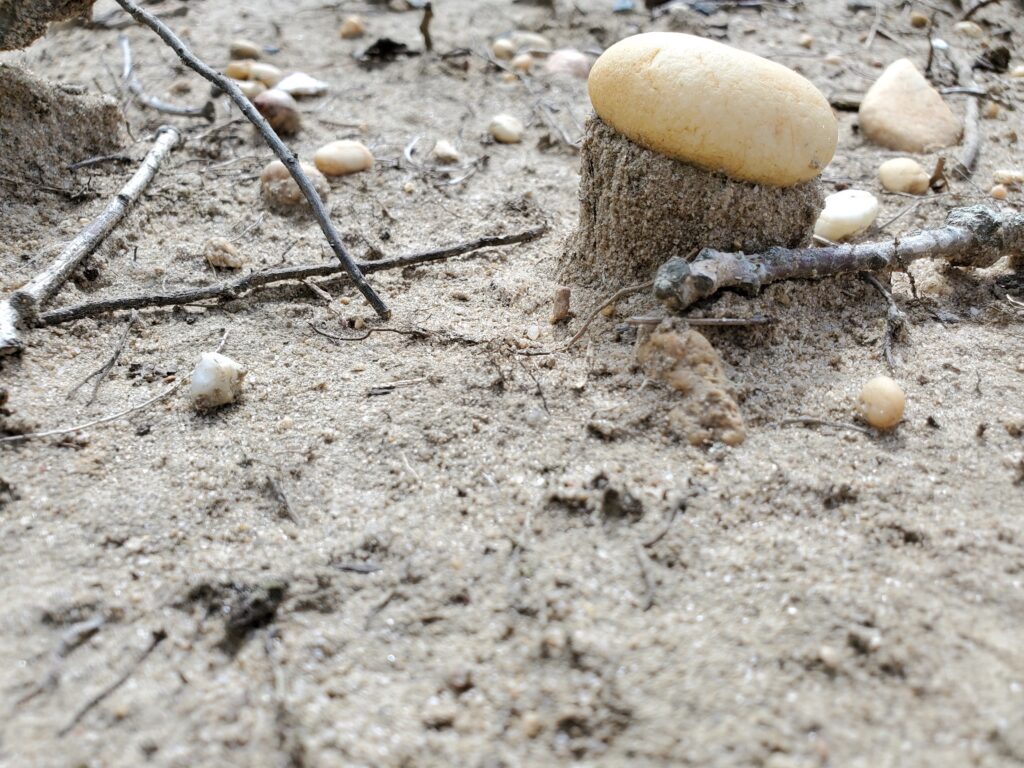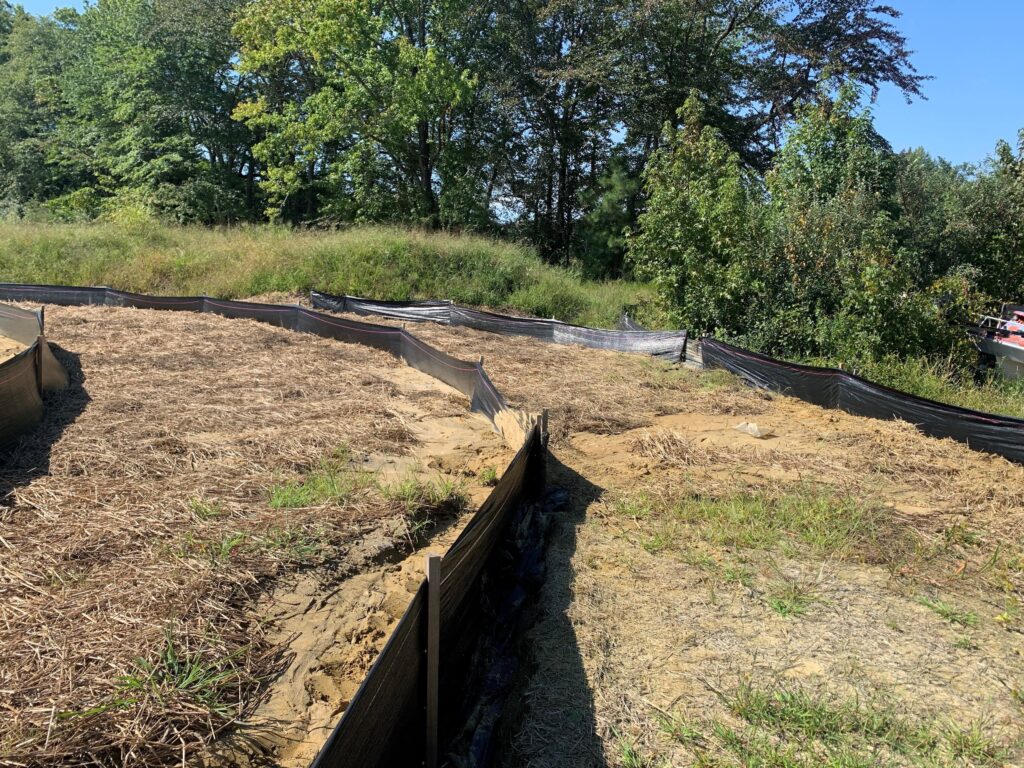Soil Erosion – Preventable Pollution

Soil erosion involves the breakdown, detachment, transport, and redistribution of soil particles by external forces such as water, wind and gravity. The Environmental Protection Agency identifies eroded soil as the most common non-point source (NPS) pollutant entering our waterways today. NPS pollution stems from a variety of sources – agricultural land, construction sites, and other areas of land disturbance. Because of this, soil and nutrients that are eroded away from these locations are difficult to adequately control, especially once they reach local waterways. With the ever-growing demand for coastal property in the Barnegat Bay region – NPS pollution threatens the quality of coastal life that can result in economic losses, negative health impacts, and environmental degradation. In order to protect the Barnegat Bay watershed from the negative impacts resulting from NPS pollution, District staff work to enforce the Soil Erosion and Sediment Control Act of 1975. This Act requires all construction activities greater than 5,000 square feet to be developed in accordance with a plan to not only control erosion during construction, but to ensure effective soil stabilization preventing erosion post construction. Read the complete Soil Erosion and Sediment Control Standards. (Photo by Sean Yeats, Inspector 1, OCSCD)
Sediment Control – Sediment Barrier
With new and re-development happening all over Ocean County, you may have noticed the black fence surrounding many active construction sites. This fence is called a “silt fence” and it is one type of sediment barrier utilized during the construction process. The ultimate purpose of a silt fence is to intercept and detain small amounts of sediment from cleared and unprotected areas of a construction site. The fence is permeable, allowing water particles to slowly move through the fabric, while preventing larger particles of sediment from eroding offsite and depositing into a waterway or neighboring property. On all active construction sites, District staff enforce the use of sediment barriers as per the certified Soil Erosion and Sediment Control Plan and the NJ Soil Erosion and Sediment Control Standards.
Silt Fence Limitations
According to the NJ Standard for Sediment Barriers, (p. 23-1 in the Soil Erosion and Sediment Control Standards), the contributing drainage area to the silt fence sediment barrier shall be less than 1 acre and the length of slope above the barrier shall be less than 150 feet. The slope of the contributing drainage area for at least 30 feet adjacent to the silt fence shall not exceed a 5% grade. When design criteria are not met or the volume of stormwater runoff to the sediment barrier is too great, the silt fence will fail, as seen in the image depicted here. Sediment barrier inspections shall be frequent, and repair or replacement shall be made promptly as needed.

Sediment barriers play a vital role on construction sites to control erosion and minimize offsite sedimentation, however, they are just one of many erosion control measures that make up the Soil Erosion and Sediment Control Plan for both the new and re-development projects occurring throughout Ocean County. Read the complete Soil Erosion and Sediment Control Standards. (Photo by Georgie Grieb, Inspector 1, OCSCD)
